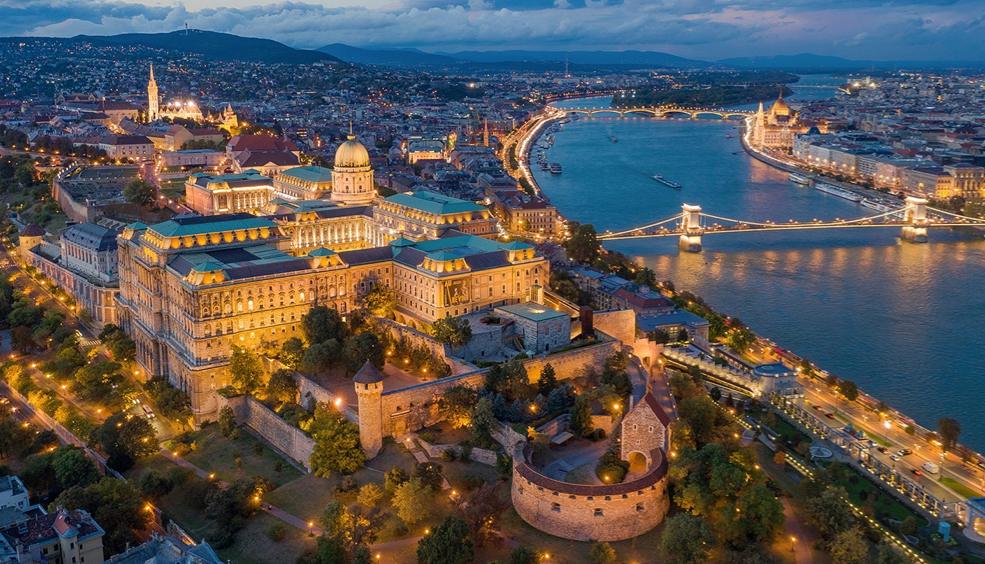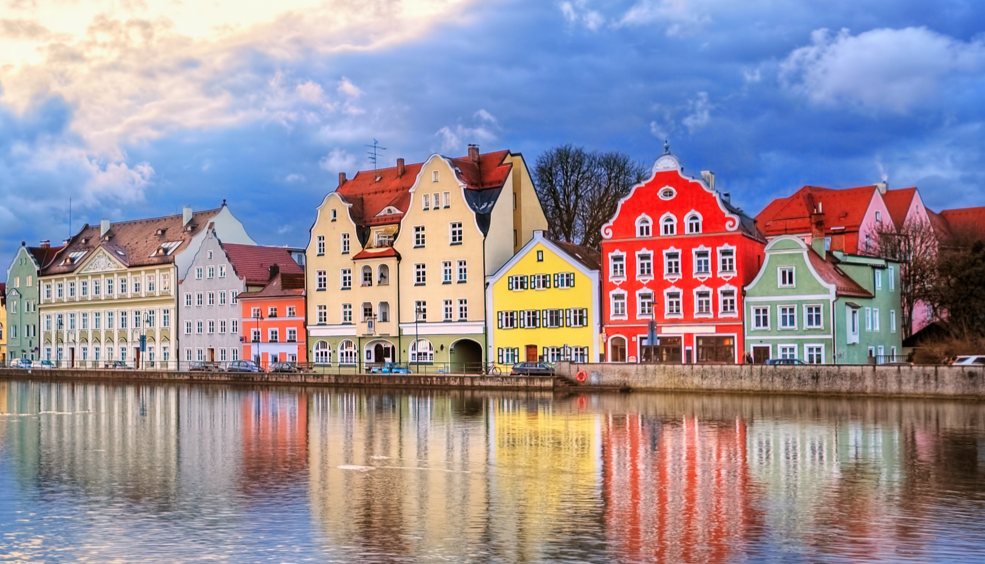A tour of Madrid's museums? And then dinner nearby
Madrid is an exceptional city for any art lover. And a gastronomic metropolis for the most discerning palates. To help you get the most out of your time, here are some restaurant recommendations for every museum. ENJOY!
more info4 ROMANTIC DESTINATIONS TO SWEEP YOUR PARTNER OFF THEIR FEET
Whether to celebrate Valentine's Day or an anniversary, or simply to give your partner an amazing gift, here are some ideas for a romantic getaway.
more infoSHOPPING SPECIAL: 7 UNMISSABLE DESTINATIONS
London, Milan, Berlin, A Coruña, Paris, Barcelona and Stockholm are our favourite cities for shopping tourism. Essential destinations for shopaholics!
more infoFIVE OFFBEAT WEEKEND DESTINATIONS (FOR SOMETHING DIFFERENT)
Looking for a different kind of destination to get away? Keen to discover somewhere new? Pack your bag and head to these cities which you've probably never visited.
more info




